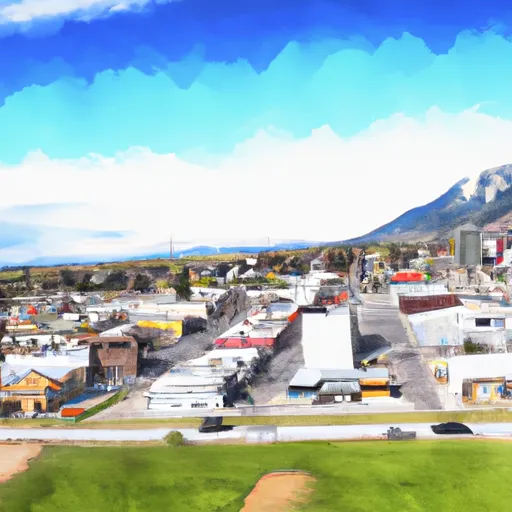°F
°F
mph
Windspeed
%
Humidity











Kellogg, Idaho, nestled in Shoshone County, offers a unique beauty and a plethora of outdoor recreation opportunities. The climate in Kellogg is characterized by mild summers and snowy winters, making it a paradise for outdoor enthusiasts year-round. The town has an average annual temperature of around 49°F, with temperatures ranging from low 20s in winter to mid-80s in summer.
The hydrology in Kellogg is dominated by the North Fork of the Coeur d'Alene River, providing a stunning backdrop for various water activities. The river also influences the area's rich ecosystem, supporting diverse aquatic life.
Outdoor recreation is abundant in Kellogg, attracting adventurers of all ages. Winter enthusiasts can enjoy skiing and snowboarding at the Silver Mountain Resort, with over 1,600 acres of skiable terrain. During the summer, visitors can explore the scenic landscape through hiking and mountain biking trails, such as the Trail of the Coeur d'Alenes and Pulaski Tunnel Trail. Fishing, boating, and whitewater rafting are also popular activities on the river.
Overall, Kellogg, Idaho, offers a welcoming climate, picturesque hydrology, and a wide range of outdoor recreation opportunities, making it a must-visit destination for nature lovers and adventure seekers alike.
Weather Forecast
Kellogg receives approximately 1064mm of rain per year, with humidity levels near 65% and air temperatures averaging around 6°C. Kellogg has a plant hardyness factor of 6, meaning plants and agriculture in this region thrive during a short period during spring and early summer. Most plants will die off during the colder winter months.
Regional Streamflow Levels
2,420
Cubic Feet Per Second
1,490
Cubic Feet Per Second
802
Cubic Feet Per Second
1,070
Cubic Feet Per Second
Nearby Camping
| Camping Area | Reservations | Toilets | Showers |
|---|---|---|---|
| Bumblebee | |||
| Devils Elbow | |||
| Berlin Flat | |||
| Lake Elsie | |||
| Kit Price | |||
| Huckleberry |



